All about pre-tensioned roof
rose roofing: Prestressed roof is used to increase the span of roofs and buildings with long spans. These roofs are used in different places and are useful for reducing the thickness of the roof. In these roofs, manufacturers use tendons with high tensile strength to meet the needs of the environment. Stay with us in this article to get more information about these products.
What is a pre-tensioned roof?
Concretes are widely used in building construction and builders try to increase the resistance of buildings and structures by pre-stressing them. In prestressed concrete, constant and permanent pressure is created in a part of the concrete to reduce the pressure resulting from the load in that area. These concretes are used in the implementation of pre-tensioned roofs and increase the strength of the roof of the structure.
In pre-tensioned roofs there are sheaths in which the builders put steel cables to have more load bearing capacity. In fact, the cables are tied and knotted in the last part of the concrete of these roofs.
In pre-tensioned roof types, there is a tension with constant stability, which prevents all types of tensions and increases the resistance of the roof against various pressures.
The method of implementing pre-tensioned roof types is different and the builder must consider this issue in the design of each project. In addition to paying attention to this issue, the roof designer and contractor must use standard raw materials for each project so that the structure has adequate strength and durability and does not get destroyed.
History of pre-tensioned roof
About 2 centuries ago, in 1886, an American engineer succeeded in implementing a pre-tensioned roof. Although he was able to invent this method, it took 50 years for engineers and builders to use pre-tensioned ceilings in the construction industry.
After the Second World War, the use of pre-tensioned ceilings in the construction industry increased. In fact, steel is needed to make resistant concrete, and after World War II, steel production boomed, and prestressed concrete and types of roofs became more popular than before.
Components of pre-tensioned roof
Prestressed roof consists of various components, which we list below:
Cables: Cables are produced in different types of 1 or 50 strands and coated or uncoated. Manufacturers typically use 7-strand cables in prestressed systems.
Wedges: Wedges increase the tensile force of cables and are conical. The wedges are produced in 2 or 3 pieces and do not allow the cables to return to their original state.
Restraint plates: Restraint plates are produced in rectangular or round shape and have different types of 1 to 32 holes.
Trumpet pieces: Trumpet pieces are used as jack supports during tensioning.
Galvanized sheaths: Galvanized sheaths prevent corrosion of strands and protect them.
Types of pre-tensioned roofs
There are different types of pre-tensioned ceilings that you should be familiar with. Now we will introduce and explain the types of these roofs:
pulled forward
In pre-stretched pre-tensioned ceilings, the manufacturer first detects the position of the cables and then pulls them with a hydraulic jack. He also cuts the extra length of the cables and fastens them with retaining plates.
pulled back
Pre-tensioned and retracted ceilings are implemented in two different ways, which we explain:
Adhesive method: In the adhesive method, the cables pass through the middle of the galvanized forms. Usually, after the concreting process, a gap and empty parts are created between the concrete, and the builders will fill the remaining parts with grout.
Non-sticky method: In the non-sticky method, completely unlike the sticky method, concrete pouring is done first, and then the manufacturer performs the cabling operation. In this method, the compressive strength of the concrete must be checked first so that the cabling can be done. Also, in the non-adhesive method, there is no need to use grout to fill the empty spaces.
Pre-tensioned roof in situ
In these roofs, the manufacturer first molds the roof and performs the piling operation. After going through the steps of designing the lower mesh network, he will start the cabling longitudinally and transversely and sinusoidally.
In pre-stressed roofs, manufacturers only mesh in the lower part of the slabs and with a very small amount of steel. They also use spacers to adjust the position of the cables.
In the in-situ method, reinforcement reinforcement operations are also performed by means of spring reinforcements or dampers. The roofing contractor also installs the trumpets and retaining plates in place and performs the concrete pouring.
After the builder is sure that the concrete has reached sufficient strength, he opens the molds and burns the protective foams of the trumpets.
Suggested reading: To fully familiarize yourself with the specifications of New Jersey Concrete, Ryan P. Concrete’s content team has prepared an article for you to fully familiarize yourself with this concrete product made by Ryan P. Concrete.
Application of pre-tensioned roof
Prestressed roofs have various applications in the construction industry, and we will introduce the most important applications below:
Multi-storey parking lots
Business centers
bridges
dams
Suspended cable structures
Cinemas and amphitheatres
Welfare centers
Industrial structures
Pre-tensioned roof implementation steps
Pre-tensioned ceilings are implemented during special steps, which we will examine below:
Formatting
Builders use materials similar to ordinary concrete in the molding stage. Also, in order to restrain them in the side section

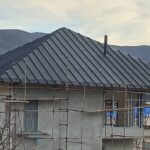
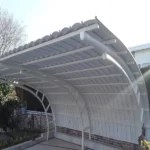
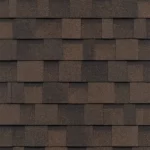
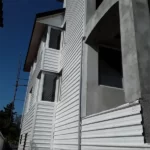
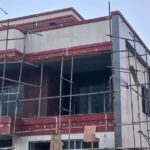
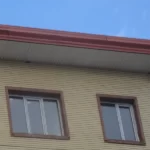

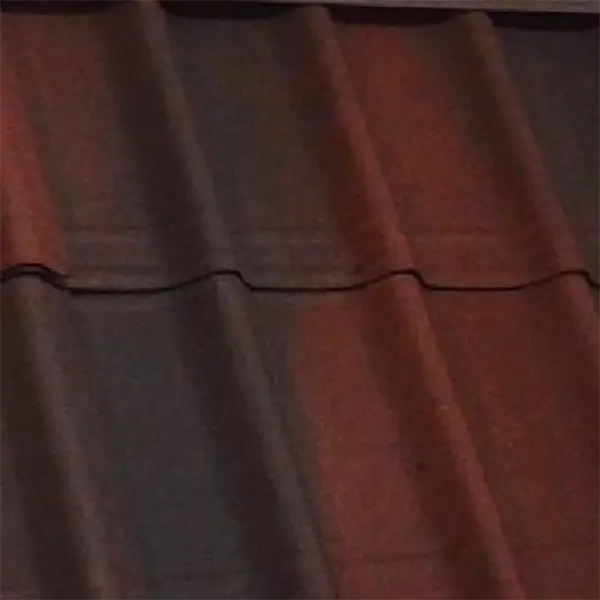
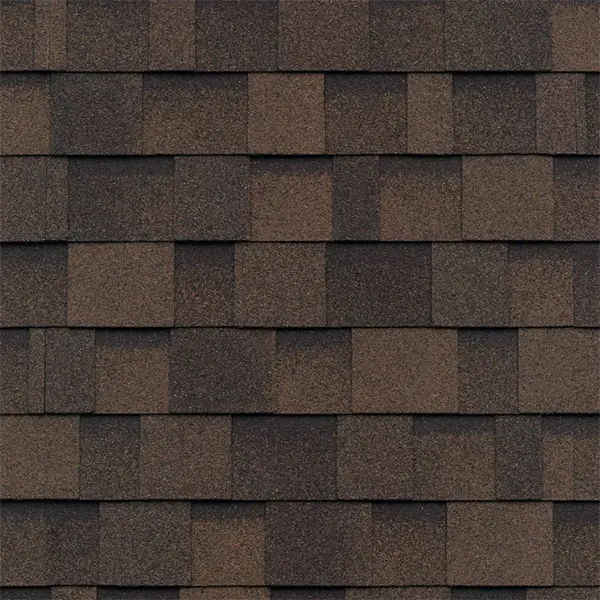




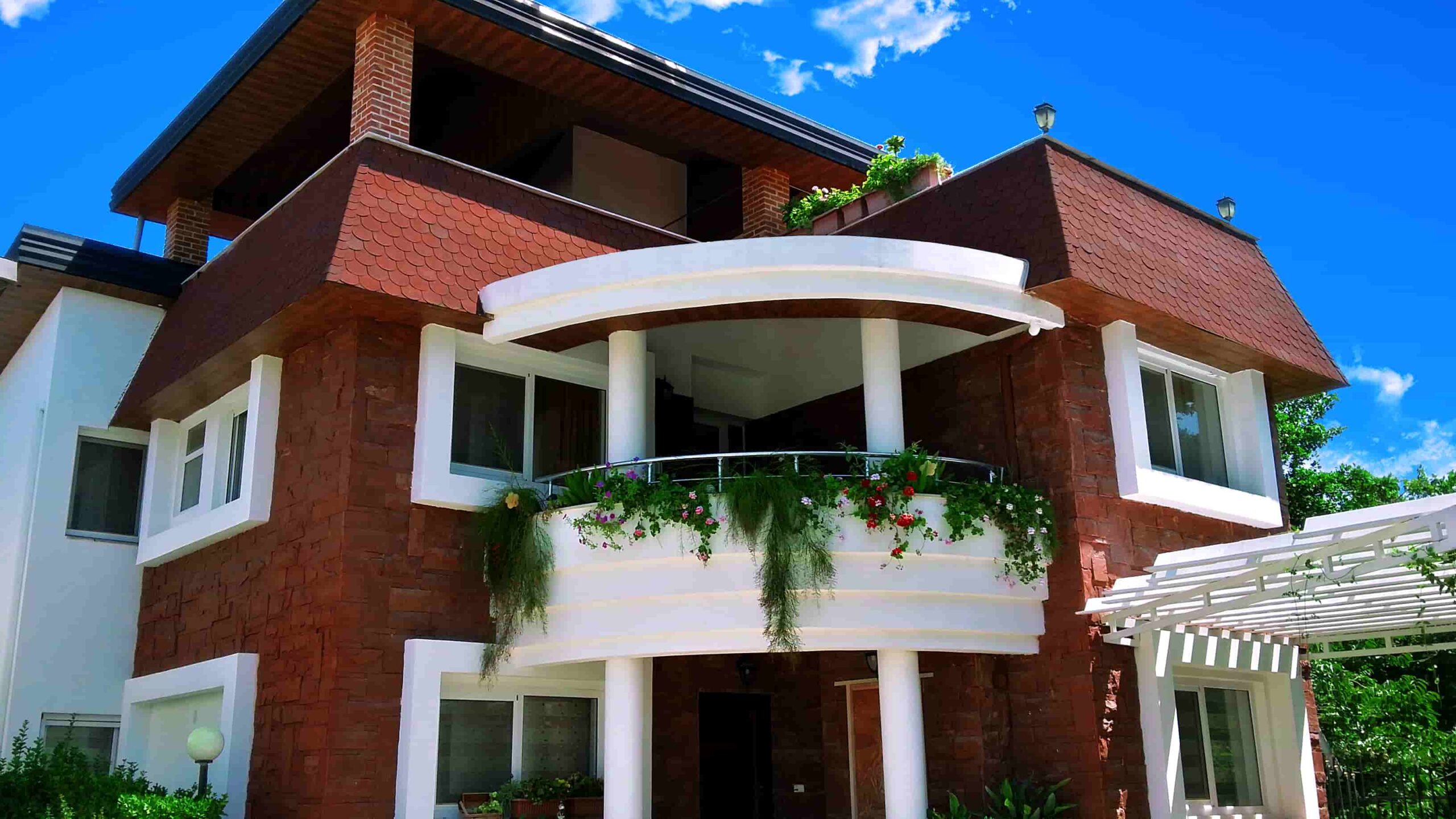
No comment